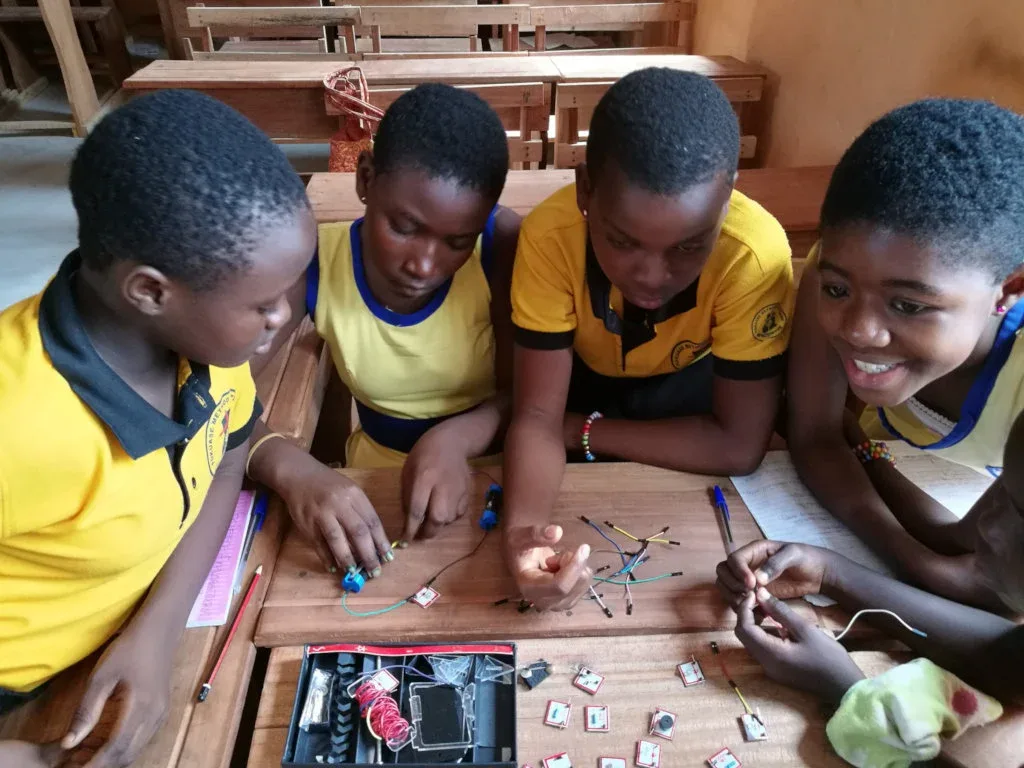In our previous post about Curriculum in education, we defined and gave examples of some common types of curriculum. We also considered some factors to consider when designing curriculum.
In this post, we’ll continue the discussion on curriculum development and delve deeper into some very interesting aspects of curriculum development.
In terms of curriculum development, activities in school can be put into 2 main categories; curricular and co-curricular activities.
WHAT DO WE MEAN BY CURRICULAR ACTIVITIES
Curricular activities include all the activities that are consciously planned around subjects that are taught in school that students are usually made to write exams on them. These subjects may be taught in classrooms, laboratories or workshops. The curriculum tells us about the duration for each of these subjects on the timetable. Sometimes, the curriculum will even suggest a particular time some subjects are appropriate to be taught on the timetable.
It tells us the topics and subtopics to be treated under each subject for each specific grade and semester/term of the school year.
WHAT ARE CO-CURRICULAR ACTIVITIES?

Co-curricular activities are all the activities, programs and learning experiences that complement the main academic work. They are usually the other school non-examinable disciplines/subjects that are taught outside the main official timetable.
Co-curricular activities are usually meant to complement the formal curriculum. They are mostly referred to as Extracurricular Activities. Here are some examples:
EXAMPLES OF CO-CURRICULAR ACTIVITIES:
Sports and Games, Culture, Clubs and Societies, School Worships, School Gatherings.
- Sports
- Games
- Culture
- Clubs
- Societies
- School Worships
- School Gatherings
- School Choir
- Drama Nights
- Cleaning of Environment
- Science fair
- Quizzes
- Speech and Prize-Giving Days

Both Curricular and Co-Curricular Components of the Curriculum are recognized or official parts of the overall school disciplines that students are supposed to go through as they “pass through” the school system.
Therefore, if a teacher is assigned to handle any of such activities, he or she must not refuse nor request for additional remuneration since they are part of the programmes approved to be run by schools.
But are co-curricular activities relevant at all in our school setting? Let’s see this:
IS IT GOOD TO ENGAGE STUDENTS IN CO-CURRICULAR ACTIVITIES:
- They teach and encourage the spirit of fair competition.
- They instill tolerance and discipline in students
- Students learn the spirit of team work and co-operation throught their engagement in co-curricular activities.
- They learn to be disciplined and to respect each other even in times of defeat/loss.
- They can be integrated into formal classroom learning to facilitate some skills acquisition.
- They teach moral education.
There are some activities that can sometimes be considered both curricular and co-curricular, depending on how they are integrated into the educational programme. If they are directly linked to the academic curriculum, we classify them as curricular activities.
On the other hand, if they are meant to only provide students with additional learning experiences beyond the regular curriculum, we categorize them under Co-curricular activities.
For further reading on curricular and co-curricular activities and their importance, please read this: What is distinguished between curricular and co-curricular activities in education?
A major component of the school curriculum is the Timetable. We will turn our attention to this important item and take a quick look at it in our next post. See you…




